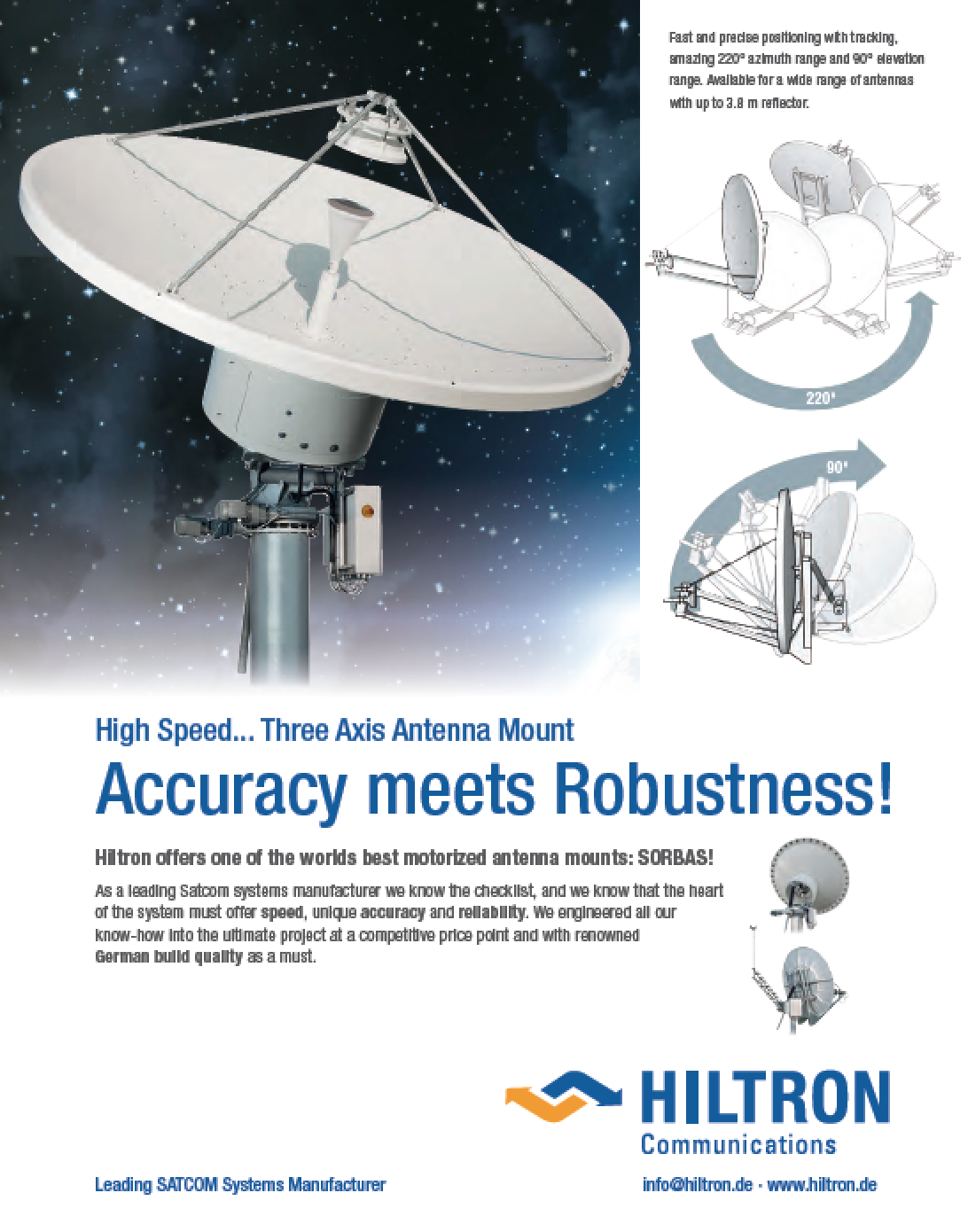The Aerospace Corporation (Aerospace) has developed a new and innovative smallsat standard called a Launch Unit (Launch-U).

This standard provides major benefits to the smallsat industry by increasing access to space and decreasing launch costs. This standard also enables the space community to come together to work innovative solutions for sharing costs, adopting new business models, and adapting to regulatory or statutory changes.
The space community was in search of a standard to make launching smallsats more flexible. Given Aerospace’s role as an objective technical advisor, the community identified the corporation as the ideal partner to work across all elements of the space enterprise, from satellite and launch manufacturers to service providers and government officials.
Carrie O’Quinn, the senior project engineer for Aerospace’s Research and Development Department and the Launch-U lead, emphasized that, currently, there are no industry standards for satellites between the size of a cubesat (approximately the size of a toaster) and an EELV Secondary Payload Adapter (ESPA) class satellite, which is about the size of a large dorm refrigerator. Carrie said that the Launch-U standard seeks to change this through the company’s volume recommendation of 45 x 45 x 60 cm. That’s roughly the size of two carry-on bags strapped together. The Aerospace Corporation also addresses a mass range, fundamental frequency, and loads in the recommendations.
Carrie added that the group’s vision for the Launch-U standard is the solution the industry is looking for, stating that this is not envisioned to be a requirement levied on spacecraft developers, but rather a standard that is embraced by all as a game-changer. Launch vehicle providers, integrators, and aggregators can begin considering how Launch-U satellites will affect their business models, once implemented.
The space access industry is altering at an exceedingly rapid pace and is driven by smallsat and small launch vehicle development, the increasing popularity of multi-manifest missions, and a widespread interest in reducing launch cost and timelines while deploying even more spacecraft. Currently, industry experts estimate that 6,000 to 20,000 smallsats could be launched over the next 10 years.
For industry, the next step is to develop hardware and other technical solutions needed to support the Launch-U.
www.aerospace.org/launch-u
When Dr. Randy Villahermosa, Aerospace’s General Manager of Innovation, was asked about innovation, he said, “The space industry was born out of a passion for innovating at the frontiers of our imaginations. That’s very much still true today, and the industry will continue to leverage innovations across an even broader range of technologies.”
Regarding The Aerospace Company’s work on innovative technologies, he noted, “Launch-U is a great example of applying just the right expertise at the right place to open vast new opportunities. There are plenty of examples where smart standardization has transformed industries, and space is likely to benefit from that as well. For example, we have a project called Slingshot that is exploring new approaches to making satellites modular. We’re excited about the possibilities of using machine learning to help process and sort through the deluge of data that satellites’ systems produce and have several projects in this area. There’s a growing recognition of the need put the smartest minds on how to operate safely in space. We have a project that is developing a prototype transponder that will make it safer for satellites to operate as space becomes more crowded.
In conclusion, Dr. Villahermosa said, “We see automation and artificial intelligence as playing a role in future space innovations. We live in a connected world, and it’s not hard to imagine that extending into space as satellite systems become more networked together. In just about every aspect of space, there are innovative ideas we’re pursuing to help lead the way on shaping the next generation of space systems. Robotics in space is starting to become more real, and that’s opening new avenues to rethink how satellites are launched and operated in the future. There’s an early stage version of this where satellites are flying in formation — we have projects called Hive and Fuse that are focused on just that.”
(HIVE: aerospace.org/story/hive-satellites-redefine-disaggregation)



